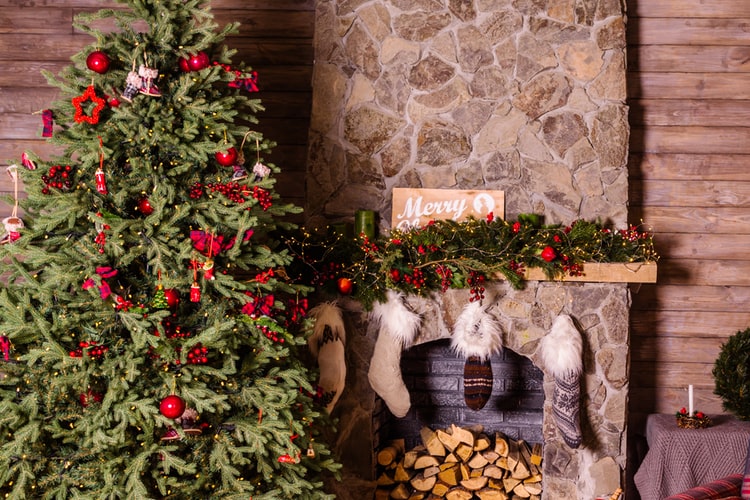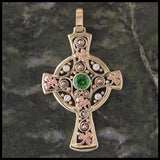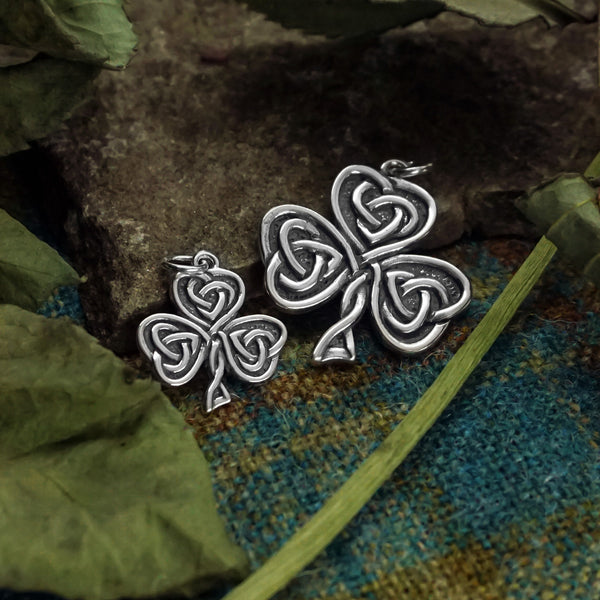- Jewelry
- Crosses
- Rings
- Mens
- Claddagh
- Wedding
- Personalized Jewelry
- John Urban Jewelry
- Sale
- Gift Certificates
- About Us

As the holidays arrive, many people feel a sentimental need to celebrate their heritage and look to the past to inform the present. Nowhere is this more  prevalent than in those with Gaelic ancestors. They look to the early Celtic traditions for their symbolic connections to today’s Christmas observances to celebrate their heritage and a connection to their Christian beliefs. Some examples of Celtic symbols used in the holiday imagery of today include the Celtic cross, Irish wedding rings and the elaborate Celtic knotwork often found on our Christmas ornaments and holiday decorations.
prevalent than in those with Gaelic ancestors. They look to the early Celtic traditions for their symbolic connections to today’s Christmas observances to celebrate their heritage and a connection to their Christian beliefs. Some examples of Celtic symbols used in the holiday imagery of today include the Celtic cross, Irish wedding rings and the elaborate Celtic knotwork often found on our Christmas ornaments and holiday decorations.
There are many holiday observances that have roots in traditional Celtic lore or celebrations, although the real origins are for the most part lost in the mists of time. The Winter Solstice was undeniably celebrated long before Christmas. It marked the shortest day of the year and fell between December 21 and 23. As time when on, Christian priests implemented some Winter Solstice traditions in celebrating Christ’s birth, blurring the lines between the two cultural celebrations so that their Celtic charges would feel more comfortable.
This is in part how the Celtic cross became so popular. Early versions of the  Celtic cross may have been tied to pagan symbols like the circle (representing the Mother Goddess) and the earlier Chi Rho symbol of Christianity. Over time, these symbols merged into the Celtic cross. You can read about the heritage of the Celtic cross in more detail in this article: Celtic Cross History and Symbolism.
Celtic cross may have been tied to pagan symbols like the circle (representing the Mother Goddess) and the earlier Chi Rho symbol of Christianity. Over time, these symbols merged into the Celtic cross. You can read about the heritage of the Celtic cross in more detail in this article: Celtic Cross History and Symbolism.
One of the most important aspect of today’s Christmas celebrations is the exchange of gifts. In pagan times, the Winter Solstice was celebrated by giving gifts to chieftains and members of neighboring clans to cement the bonds of friendship. Today, giving the gift of jewelry or fine metalwork is a beloved tradition that has grown out of those earlier gift exchanges.
Today you can celebrate the holidays by giving the gift of a beautifully designed piece of jewelry with Celtic roots, including a Celtic cross pendant or a Claddagh ring. While the sentiment and symbolism of the Claddagh ring is more recent than the Celtic cross or elaborate Celtic knotwork jewelry, it still reflects pride in Irish heritage and makes a lovely gift for your spouse or loved one.
For year's, Walker Metalsmith's has been creating hand-crafted custom engraved Celtic pieces for our clients to commerate the holiday season in our shop in Western New York.
 There are many other Christmas traditions that can be traced back to pre-Christian or pagan traditions, including use of various plants and greenery to decorate during the holidays. Druids prized mistletoe as a symbol of male fertility and is still hung in homes today at the holidays, when a stolen kiss is part of the fun.
There are many other Christmas traditions that can be traced back to pre-Christian or pagan traditions, including use of various plants and greenery to decorate during the holidays. Druids prized mistletoe as a symbol of male fertility and is still hung in homes today at the holidays, when a stolen kiss is part of the fun.
Yule logs were originally burned all night to honor the Mother Goddess during the long, cold nights of winter. Today, the yule log is seen as a sign of Christian resurrection and hope in the New Year. Even the Christmas tree has roots in pagan customs of decorating trees with symbols of the sun, moon and stars to glorify various gods and goddesses. Today, we still hang stars on Christmas trees, although the symbolism is now tied to the Christmas star over Bethlehem.
Celtic knotwork can enhance ornaments, jewelry and many other forms of fine metalwork to honor the Christmas holiday with a nod to Celtic heritage that includes pagan elements.
At Walker Metalsmiths, our line of hand-crafted Celtic Jewelry is the ideal holiday gift to honor both Celtic heritage and Christmas faith beautifully. Reach out to us today to design a jewelry piece that will help you start a Celtic holiday tradition of your own.
Comments will be approved before showing up.


Thousands of photographs were taken. Help find at least one.
Were you a tourist in London, Dublin or Paris in 1975 – 1978? Did you see a street performer playing bagpipes? Did you take his picture? Was it Steve Walker? If you can share that picture with Walker Metalsmiths you could score some sweet Celtic jewelry.
